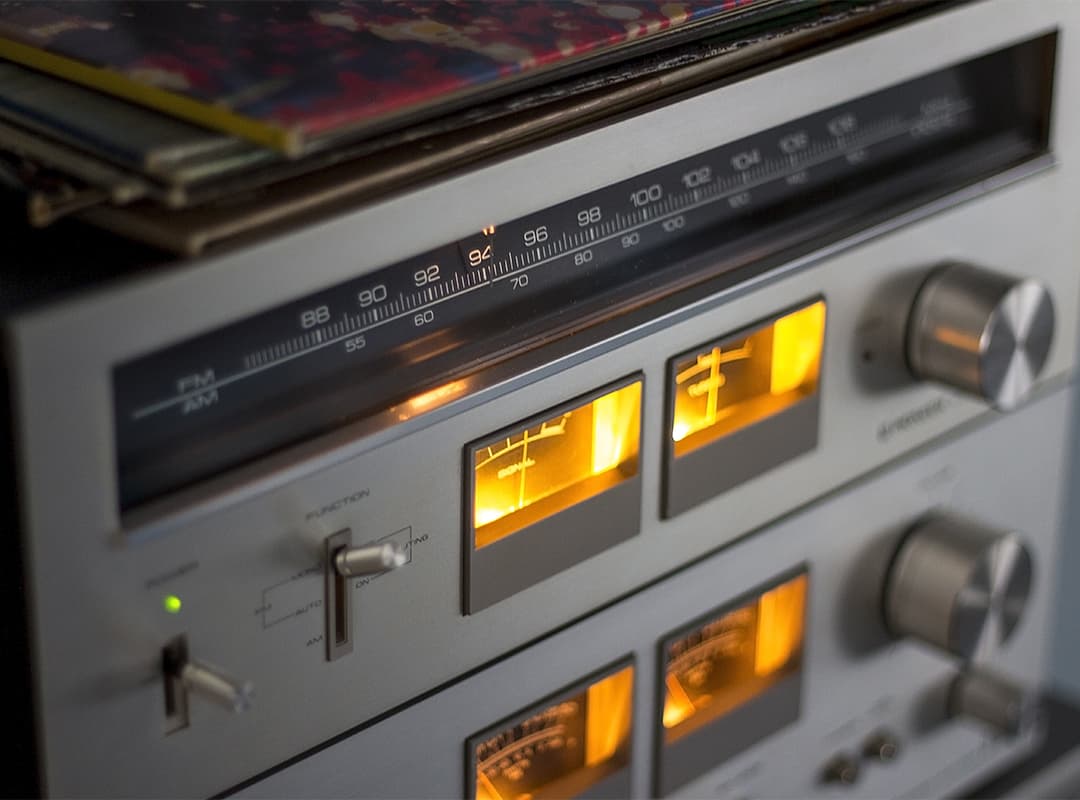Student radio is radio broadcasting carried out for the student audience.
The main advantage of student radio is considered to be that it does not have to worry about ratings among the general audience, a narrow group of listeners always support it. It is almost the only type of radio that still operates not for commercial interests but for the target audience.
Community radio is a radio station that caters to the interests of a certain community, united by similar interests in a particular area and existing on voluntary contributions. They are often youth subcultural radio stations. Student stations are a type of community radio. Students actively participate in the work of their radio stations, usually only the editor-in-chief is a professional journalist, the rest of the staff are volunteers from the student community.
Such a station pursues several goals:
- training of professional staff for radio;
- broadcasting educational programs;
- creating an alternative to commercial or state media.
College radio is a type of radio station whose politics are run by students at a university, college, or other educational institution. College radio is considered a type of “community radio”.
Many college radio stations in the United States are members of broadcasting networks such as, for example, National Public Radio and its regional offshoots. This not only makes it easier to communicate, find music and information, but also relieves some of the financial burden. Most college stations operate under non-commercial licenses.
The “college radio” phenomenon emerged in the United States in the 1960s, when FM broadcasting was just gaining momentum. The very first college radio stations broadcast news, sports, music, often educational programs, lectures, etc.
In the late 1970s, there was a crisis in college radio, competition intensified, and many people were convinced that university stations were “second-rate”. Stations were forced to undergo technical modernization, which required large financial outlays. At that time, many stations had to temporarily stop broadcasting, some had to leave the airwaves for good.
The late 1990s was the heyday of college radio, largely due to the increased popularity of “college rock” (later known as alternative rock). Alternative music was traditional to college radio, so interest in the music automatically drew attention to the stations that aired it. Many of the radio stations formed the basis for cable college television in the 1990s.
Today, most college stations in America have abandoned traditional radio broadcasting methods and formats – they are experimenting on the air. American student stations have become synonymous with creativity, search, and creative freedom.
